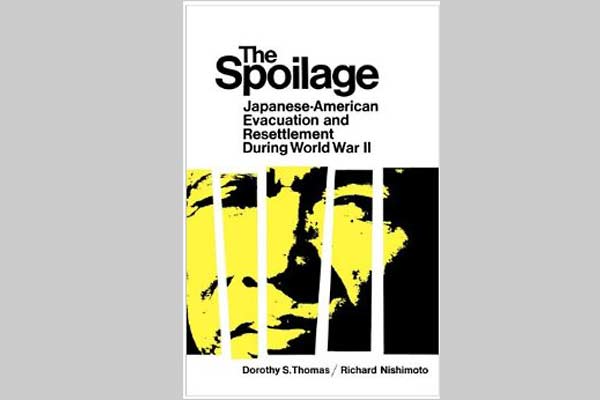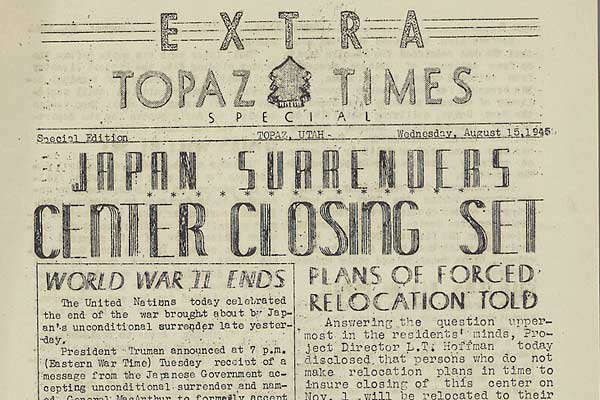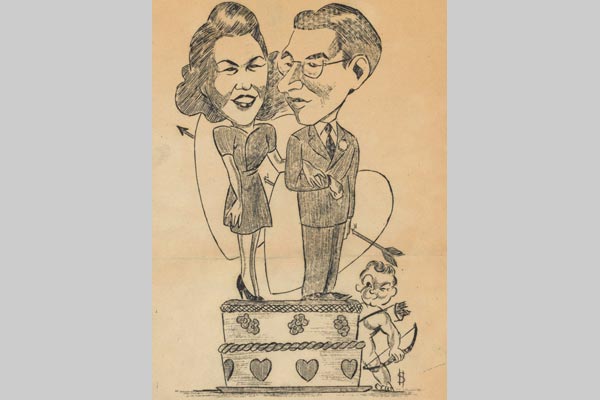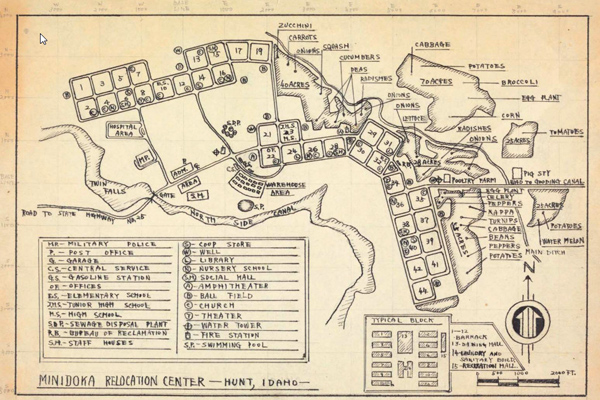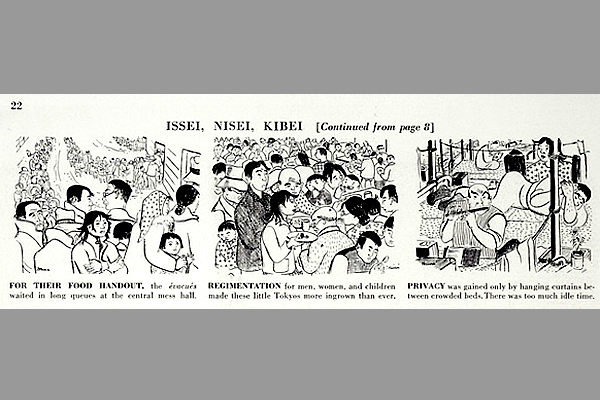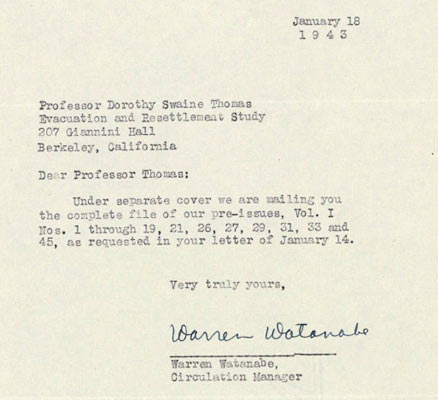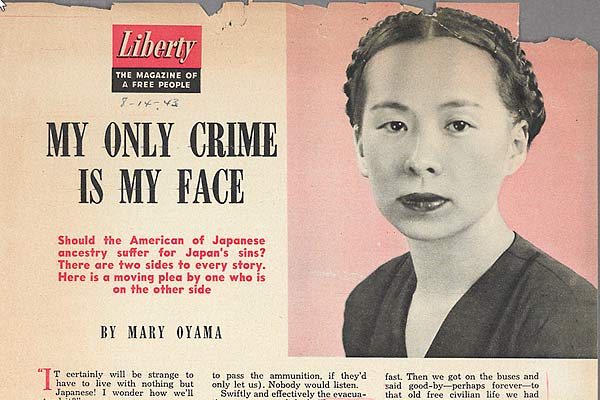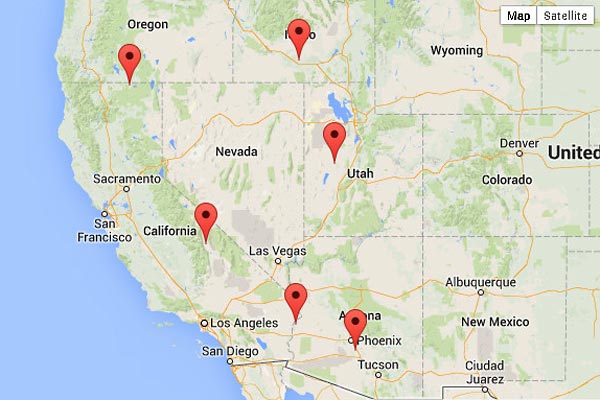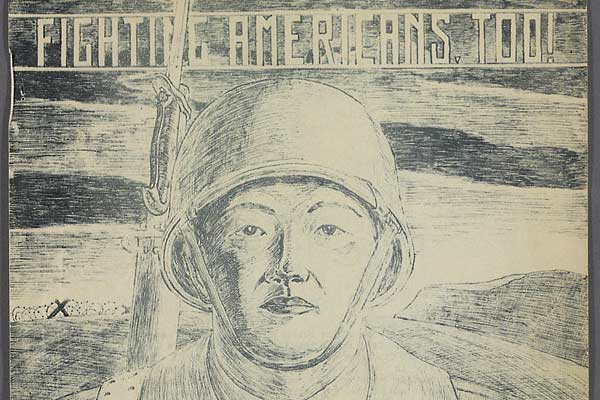An online archive sheds light on WWII Japanese-American internment
The Japanese American Evacuation and Resettlement Study Digital Archive sheds light on the mass internment of Japanese Americans during World War II. The newly digitized Bancroft collection consists of diaries and other materials provided by Nisei social-science students held in a number of internment sites.

May 19, 2014
A digital archive recently launched by the Bancroft Library sheds new light on the mass internment of Japanese Americans during World War II and their resettlement immediately following the war.
The Japanese American Evacuation and Resettlement Study Digital Archive is based on interdisciplinary academic research conducted by trained observers reporting from “war relocation centers.” The collection includes nearly 100,000 original manuscript items — among them personal narratives never before made public, due to restrictions on their release designed to protect individual internees who shared their experiences.
Visitors to the website can find, for example, a report on a work stoppage by Japanese Americans who served as boilermen at the Minidoka War Relocation Center, in southern Idaho; commentary comparing the culture of the Minidoka center with that at Tule Lake (where those the U.S. government deemed “disloyal” were segregated); and digital reproductions of newsletters and leaflets produced by Japanese American internees.
The war-era research program sought to document and analyze the mass internment from the point of view of social demography, social anthropology, political science, social psychology and economics. Dorothy Swaine Thomas — a professor of rural sociology who specialized in population studies and held an academic appointment at Berkeley — served as director; campus faculty from other social sciences made up the senior staff.
According to The Spoilage: Japanese-American Evacuation and Resettlement During World War II (UC Press 1946, 1974) by Thomas and Richard Shigeaki Nishimoto, at one time as many as 12 Japanese Americans, 11 of them bilingual in Japanese and English, were employed as technical or research assistants in the camps. Three Caucasians — grad students in anthropology and sociology — also “resided for long periods in the camps we were studying.”
The participant observers met with a small number of internees, kept detailed notes on conversations and camp life, and appended relevant documents. (The co-authors describe the study in more detail in their preface to The Spoilage, found on the UC Press website.)
Research at three primary sites — Minidoka, Tule Lake and Poston (in Arizona) — was supplemented by observations at five other camps and at temporary assembly centers where Japanese Americans were initially forced to report.
Visitors to the website may explore the massive research collection using a variety of tools, including textual searches, GIS tagging, interactive maps, a timeline and links to related resources. The online archive is the result of a two-year digitization project funded by the National Park Service through its Japanese American Confinement Sites Grant Program.
